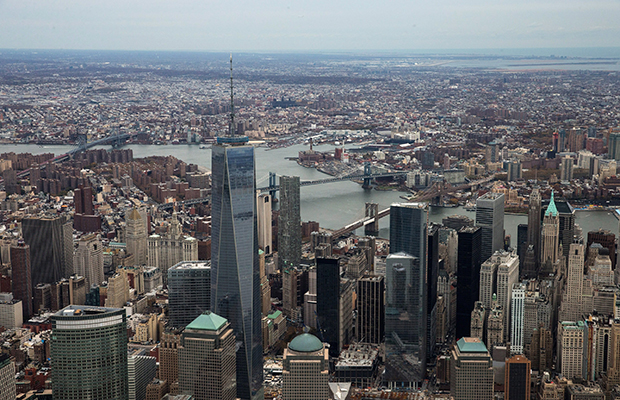Inversions will cost the US taxpayer $2.2bn in 2015
Tax inversion carried out by US companies will cost the government double the amount in 2014 in lost tax revenue

It has been calculated that tax inversion conducted by US companies cost around $2.2bn - and that's just the start of it as the figure only refers to inversion that have already been carried out
The cost of tax inversion conducted by US companies has been pegged at around $2.2bn in 2015 alone, according to calculations based on the financial results of various companies. It’s important to note that this figure refers solely to inversions that have already been carried out – a Congressional study estimated future activities to cost an additional $2bn per year over the next decade.
The data also implies that the government’s tax base is still suffering the repercussions of inversions that took place decades before
Inversion deals, which Obama has referred to as an “unpatriotic tax loophole,” have helped US companies lower their tax rates by anywhere between 6.6 and 17.4 percent more than their competitors that maintain a home address. The data also implies that the government’s tax base is still suffering the repercussions of inversions that took place decades before, so even if it were to end today, the costs wouldn’t be drastically reduced.
Such deals have attracted significant attention in the media in 2014, largely due to Obama’s appointment of Antonio Weiss as Treasury undersecretary. The move was met with criticism due to the latter’s involvement with Burger King Worldwide Inc.’s still pending inversion to Canada. Several other companies are also awaiting inversions, including Medtronic Inc., which would be the biggest company ever to carry out such a deal.
A foreign address, and the subsequent reduced tax rates, can save companies hundreds of millions of dollars and give them the edge needed to overtake, and often buy out, competitors. Ireland-based US power management firm Eaton Corporation predicted its 2012 inversion would save $160m per year. Despite attempts by various parties to crack down on such deals – most recently, new guidelines introduced by the Treasury Department in September this year – a total of 45 inversions have been completed since the first in 1982.














